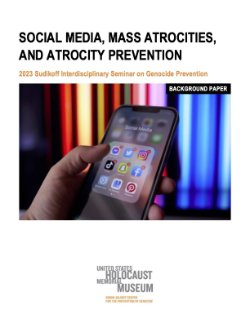By Daniel Semenza and Richard Stansfield
America is entrenched in an ongoing epidemic of gun violence. During the COVID-19 pandemic, homicides and nonfatal shootings spiked, reaching unprecedented levels in many US cities. Gun violence remains exceptionally high around the country, although there is evidence that homicides are beginning to decrease in cities like Atlanta, Los Angeles, and Minneapolis. Generally, the US has a homicide rate roughly 25 times higher than most peer industrialized countries and contains about 40 percent of the global stock of civilian firearms. Almost all of the firearms that end up on the streets are first sold through legally appointed federally licensed firearm dealers (FFLs) following manufacture or import. Given the unique ease of access to firearms in the US, there is a growing sense of urgency to better understand how crime guns are acquired and from where they originate to support much stronger supply-side efforts to address gun violence.
Prior research has focused extensively on the large “secondary market” for firearms, where guns are transferred between unlicensed persons or to those legally prohibited from buying a firearm. Most guns used in a crime are illegally acquired through secondary market channels via small-scale purchases, middlemen, and “fences” that supply weapons to local illicit markets. In contrast, the focus of our recent work has been on the “primary market,” which includes the legal retail sale of firearms from federally licensed firearm dealers (FFLs) to private consumers. The primary market directly feeds the illicit secondary market for firearms.
Albany, NY: Rockefeller Institute of Government, 2023. 26p.





















